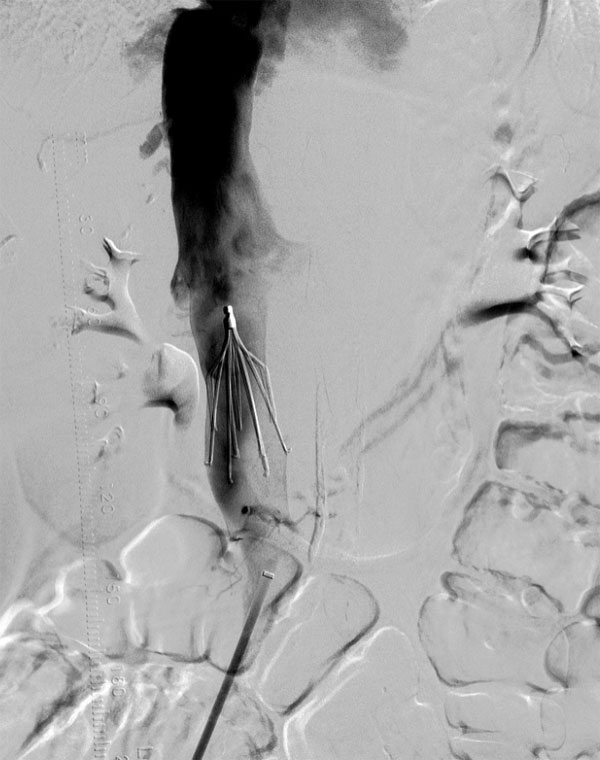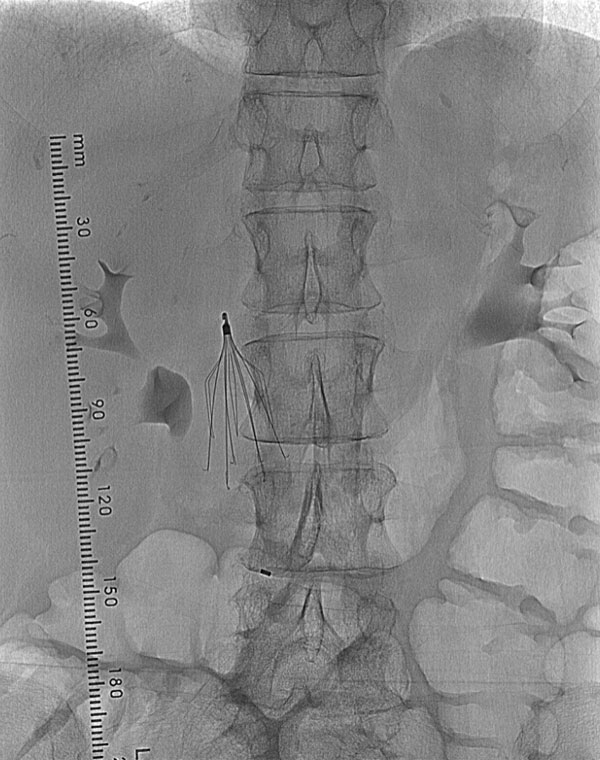Deep venous thrombosis - Pulmonary Embolism
In the human body there are three types of vessel: arteries, veins and lymphatic vessels.
Arteries bring oxygen-rich blood from the heart to the rest of the body and veins return oxygen-poor plod back to the heart.
There are two kinds of veins in the lower extremities. The first one is under the skin and it is called superficial. The second one is deeper between the muscles and it is called deep. The deep veins join together to form the largest vein of the body, called inferior vena cava, which goes directly to the heart.
Deep venous thrombosis is the formation of blood clot in one of the deep veins. It occurs most of the times in the legs and more rarely in the abdomen, chest or arms. Deep venous thrombosis is a serious condition and needs immediate medical attention. Part of the clot can move through the heart to the lugs creating a condition called pulmonary embolism. In that case the lugs and the heart may overwork and fail creating a life threatening condition for the patient.
Many patients with deep venous thrombosis may have no symptoms initially. Others may experience leg pain, swelling, sensation of warmth and color changes of the skin. Chest pain, shortness of breath and rapid breathing are signs of pulmonary embolism.
Most common causes of deep venous thrombosis are major surgery, broken hip or leg, prolonged travel, cancer and inherited blood clot abnormalities. Risk factors are prolonged immobilization, obesity, varicose veins, birth control pills and inflammatory bowel disease.
Diagnosis of deep venous thrombosis is confirmed with physical examination and Duplex ultrasound. In some cases CT angiography is needed. Diagnosis of pulmonary embolism requires CT angiography. In all cases of deep venous thrombosis it is important to perform complete diagnostic workup in order to determine the cause.
Treatment of both conditions is usually with medications.
In some cases (large thrombosis) a minimally invasive procedure is required in order to dissolve the clot. After puncturing a leg vein, a catheter is advanced to the clot and clot-dissolving drug is administered inside the clot. After the clot is dissolved the vascular surgeon may use a special balloon to open the vein and a metal tube (stent) to keep the vein open. In other cases, another minimally invasive procedure is required and a filter is placed in the inferior vena cava in order to prevent pulmonary embolism.


Inferior Vena Cava Filter
Patients with deep venous thrombosis should also use elastic compression stocking in order to reduce the swelling and prevent blood from pooling in their legs.
Preventive measures for deep venous thrombosis are: anticoagulants before and immediately after surgery, use of sleeve like devices during surgery, elastic stockings and early mobilization after surgery.
